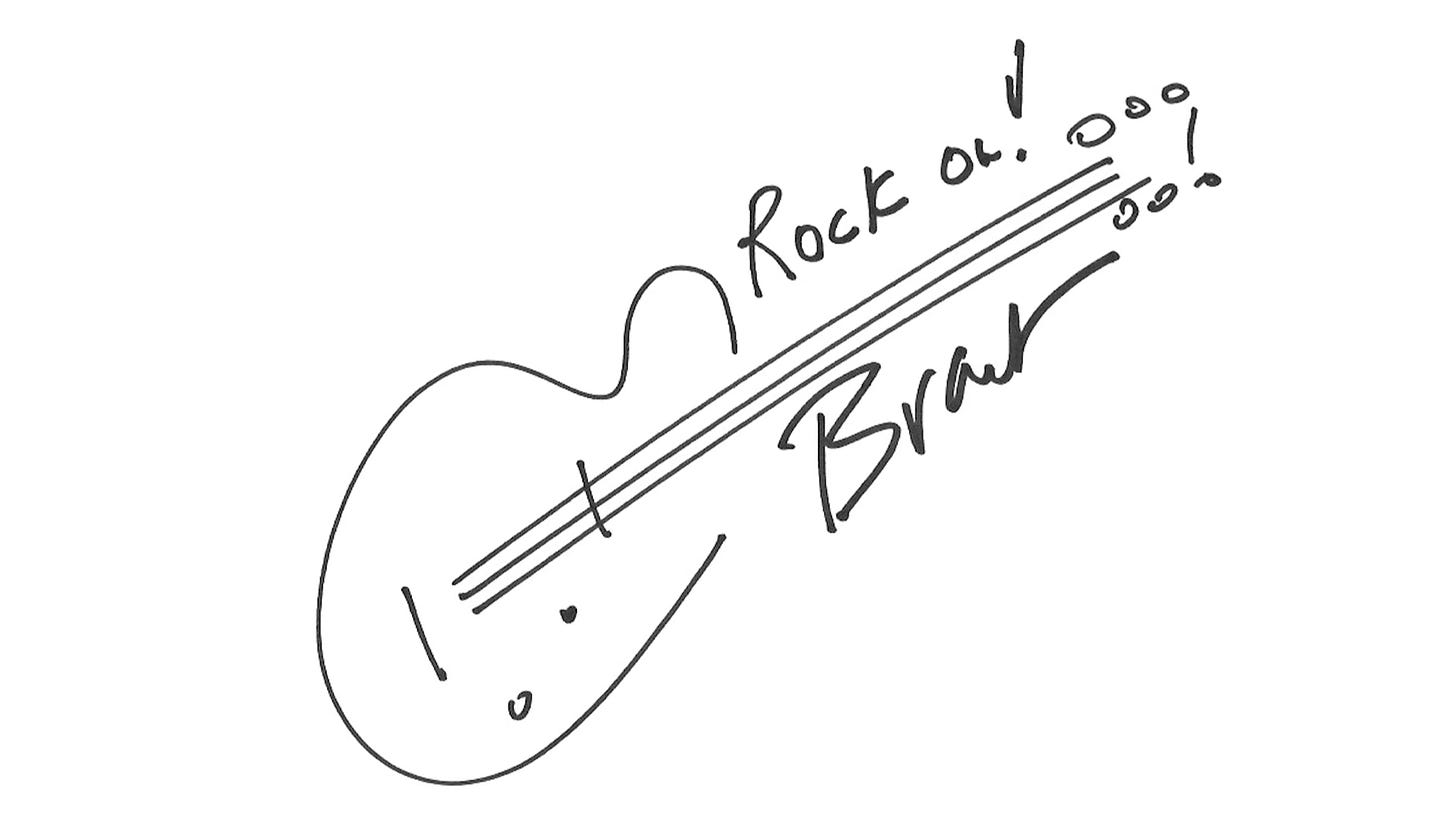What I learned from three and a half marriages
How striving to become a superior man follows a narrow path
Dear Houdinis, Houdinettes, and escape artists of all kinds:
My dear Czech friend Vaçlav Hodek designs and builds escape rooms. He tells me that people pay good money to be locked in a space where they have to solve riddles to escape.
To me, escape rooms sound like an analogy for life. Sometimes we get locked into a box, or we lock ourselves in, and it takes clever work to find the way out.
One of the boxes I occupied in the first half of my life was given to me by my church, which defined marriage as “one man, with one woman, for one lifetime.” It took me a long time, with some helpful coaching, to learn that every relationship is unique. None are beholden to a rigid pattern or inescapable box. There is no one-size-fits-all. Relationships are like flowing water — they find their own shape and level.
I’ve read several books on and about men — you’ll find my reading list at the end of this letter. One of the first I read, and one of the most influential, was “The Way of the Superior Man: A Spiritual Guide to Mastering the Challenges of Women, Work, and Sexual Desire,” by David Deida.
In the book, Deide offers an inspiring description of the “superior” man.
This newly evolving man is not a scared bully, posturing like some King Kong in charge of the universe. Nor is he a new age wimp, all spineless, smiley, and starry-eyed. He has embraced both his inner masculine and feminine, and he no longer holds onto either of them. He doesn’t need to be right all the time, nor does he need to be always safe, cooperative, and sharing, like an androgynous Mr. Nice Guy. He simply lives from his deepest core, fearlessly giving his gifts, feeling through the fleeting moment into the openness of existence, totally committed to magnifying love.
I always liked that description and refer to it several times in this newsletter, which includes adaptations from two different chapters of my book “Making the Second Half Man: How I Became the Ogre-King.”
From Chapter 32: The Kaleidoscope of Divorce
Examining a failed marriage is a lot like looking through a kaleidoscope. Each piece of broken glass represents one of the reasons for its failure. Some pieces shine more brightly than others, and you say to yourself, “That’s it! That’s why we didn’t make it.”
But you are fooling yourself. In a marriage as long as my first one (nearly 30 years), there are countless shards of broken glass, and no one is responsible.
Furthermore, when your former spouse picks up that same kaleidoscope and peers through it, the image they see is different from the one you saw. The pieces of colored glass have shifted, tumbled, and altered their relationship with one another. What shines most brightly for the Other is not the same as it was for you. Their explanation for the failure will surely be different than yours.
When I look through the kaleidoscope of my first marriage, the piece of glass that catches my eye is broadly explained by author David Deide’s two classes of unhealthy men — the hot-tempered King Kong of the universe and the pathetic, capitulating wimp. Both men are driven by their ego. Both are manipulative and controlling. Both are weak.
Sadly, I was both of them when I was married to my first wife. If I couldn’t get my way with one character, I would try the other. I alternated between raging like a madman and capitulating like a pussy — both repulsive behaviors guaranteed to make matters worse.
I never found my center in that marriage, my North Star, the solid character who stays the course no matter how strong the gale or which way the wind blows. I still had not answered, much less grappled with, the explosive question: Who am I?
In the months after my first wife expressed her intention to divorce, I went to see a therapist, where I poured out my anguish. After listening to me, she said: “Why do you keep laying down your power?”
The therapist’s question completely baffled me. By my measure, my male power was evil, something to be stifled and shut down, not picked up and waived around like a baseball bat. I was known for raging like a madman, being violent and out of control. Why would I not want to lay down my power and keep it down…forever, if possible?
I was so convinced I was evil that, for Christmas 2006, I gave that therapist a copy of “The Modern Prometheus” by Mary Shelley, a book otherwise known as “Frankenstein.”
“Why are you giving me this?” she asked, thumbing through the pages.
“That’s me,” I said. “I am Frankenstein. I am the monster.”
“Why do you say that?”
“He was a brute, but he didn’t want to be. He had a good heart, but he could not control himself.”
But that therapist knew something I did not. She knew that male power — under control, steady, and directed with noble intention — is a beautiful thing. It should not be laid down. Rather, it should be owned and wielded by a man with great wisdom and restraint, like a samurai controls his sword.
Few men know how to manage power effectively. It is one of the great challenges facing our gender. It explains why we men often lash out and break things like Frankenstein, later to feel remorse. Dr. James Hollis explains the challenge well in his book Under Saturn’s Shadow: The Wounding and Healing of Men.
The power complex is the central force in the lives of men. It drives them and wounds them. Out of their rage they wound others, and out of their sorrow and shame they grow more distant from each other. The cost of this mutual wounding is enormous, repetitive, and cyclic. Whatever is unconscious is internalized in debilitating ways or projected onto others and acted out destructively.
The debilitating pendulum for men is to swing between rage and niceness — neither of which is healthy.


From Chapter 20: A Nice Lie
The idea of nice as a way to attract women is a message many young men receive, both from women and the media, especially Hollywood. “Men are pigs” was a popular woman’s complaint in the 70s, as is “toxic masculinity” in the 2000s, so “don’t be a pig” seems only logical. “Be a nice boy,” my mother taught me, and I did my best to live it.
But being nice isn’t nice at all. It’s a weak man’s manipulative technique, with quid pro quo strings attached to the outcome. The weak man says, “I’ll be nice so that you will…[choose one or more]:
approve of me;
give me sex;
build up my ego;
like me;
impress my friends;
make me look better;
etc. etc.
Women are smart enough to sense that nice is controlling in a sneaky, two-faced way, and there’s nothing attractive about it. Nice is also boring.
It would take me many years and two and half1 failed marriages to finally learn about the lie of nice, with help from books like:
Fire in the Belly: On Being a Man by Sam Keen
The Way of the Superior Man: A Spiritual Guide to Mastering the Challenges of Women, Work, and Sexual Desire by David Deide
Iron John: A Book About Men by Robert Bly
No More Mr. Nice Guy: A Proven Plan for Getting What You Want in Love, Sex, and Life by Dr. Robert Glover
The 3% Man: Winning the Heart of the Woman of Your Dreams by Corey Wayne
Nearly all of those books were recommended to me by women.
The male authors all make an essential point that should not be ignored by any man wanting to be a better man — the opposite of “nice” is not being an asshole. Gentleness, kindness, understanding, persistence, compassion, courage, purpose, patience — these are the hallmarks of the superior man, one who magnifies love, not “niceness.” These are the characteristics that must have a central place in every man’s life.
“When I was a boy, I used to think that strong meant having big muscles, great physical power; but the longer I live, the more I realize that real strength has much more to do with what is not seen. Real strength has to do with helping others.”
Fred Rogers, “The World According to Mister Rogers” (2003)
And?
The final words of “Making the Second Half Man: How I Became the Ogre-King” are as follows:
Finding Deida’s “way of the superior man” is not easy. It’s as challenging as finding Jesus’ narrow path to salvation. “Few are they that find it,” Jesus said.2
Although I actively seek that superior way, I have yet to fully find it, but I never give up trying. I have found it takes a good bit of personal rewiring, hard work, and a shitload of mistakes along the way.
Such is the path of progress.
That’s a Wrap!
If you are new to my newsletter, you might enjoy my prior two letters with war stories from marriage:
I hope you find them helpful. Please let me know in the comments either way. And please remember Mr. Phô’s advice to “keep the meat and throw away the bones.” Use what works for you and toss the rest.

On another subject: I continue to ponder and write about how the wars of the 20th Century affect the geopolitics of the present day, especially the resurgence of totalitarianism and its evil offspring: fascism and communism. If such things interest you, I am looking for 4-5 people to start a Zoom discussion group. We’ll begin by examining the U.S. propaganda films “Why We Fight,” which you can read about in this link.
That’s it for now. Fabi and I are off on another trip to the museums of Milano!
The half was a long-term relationship between the two legal marriages.
Author Corey Wayne says that only 3% of men do the hard work to achieve the level of awareness needed to be truly superior men, hence the name of his book: “How to Be a 3% Man.”









